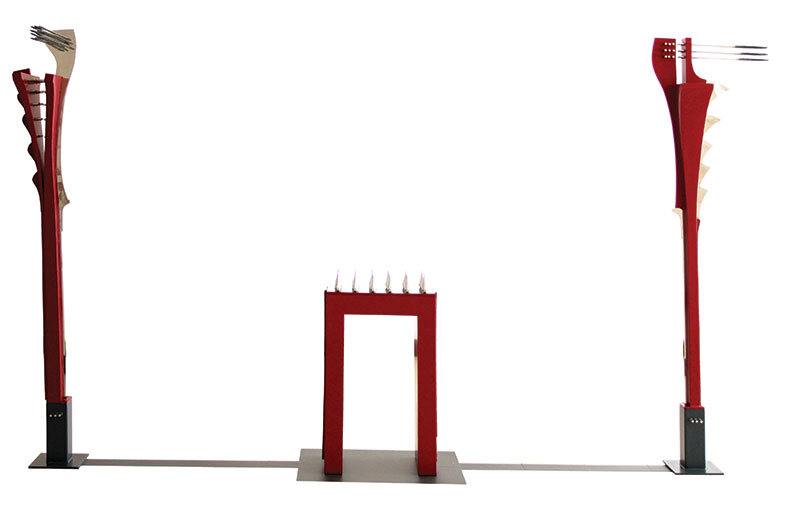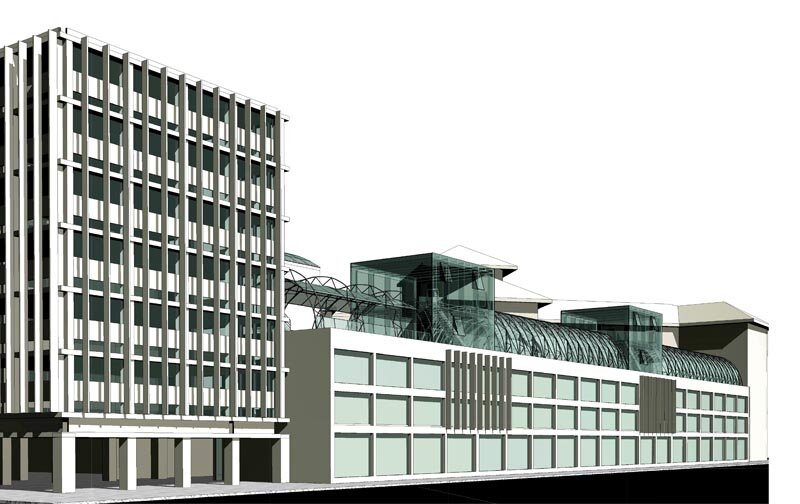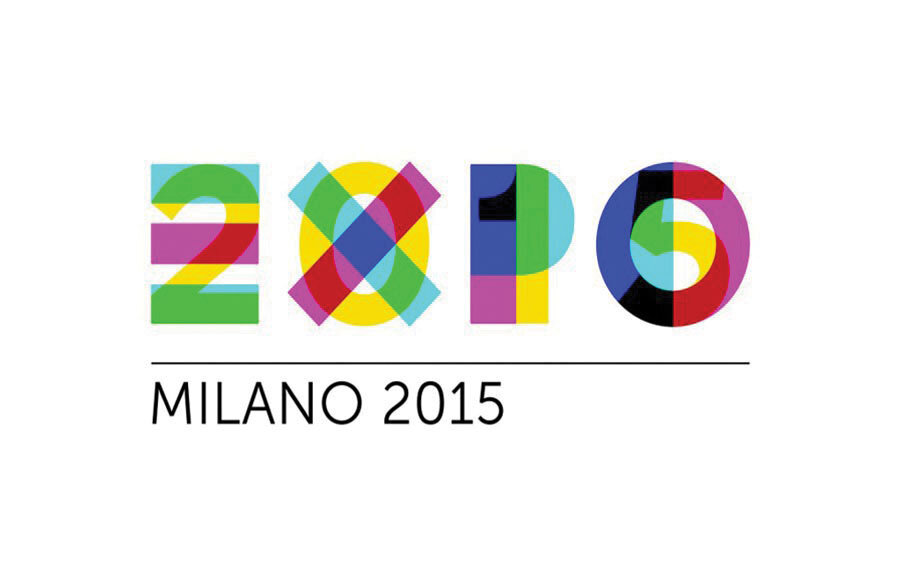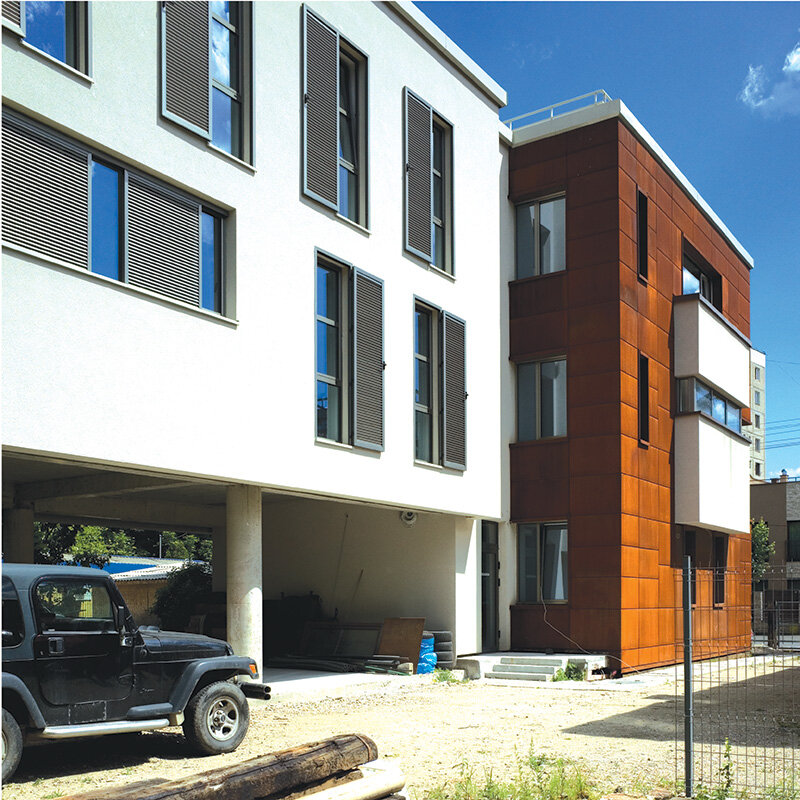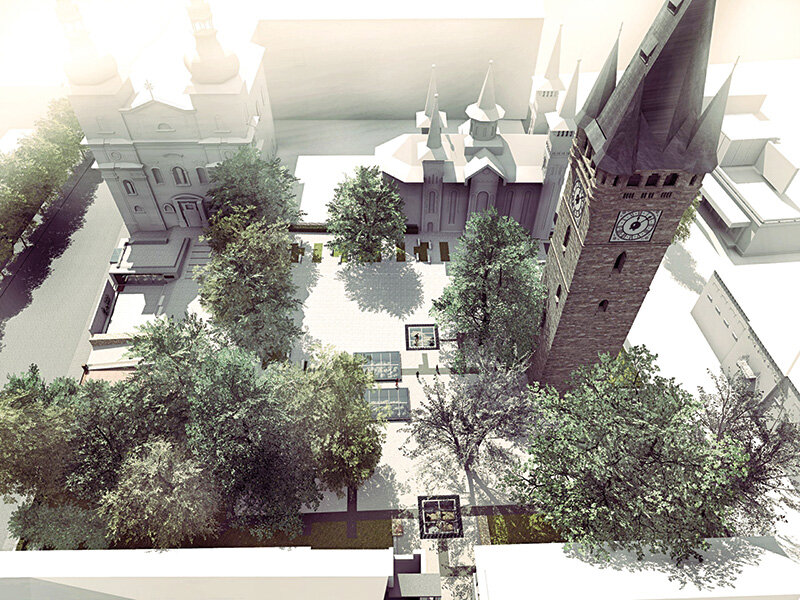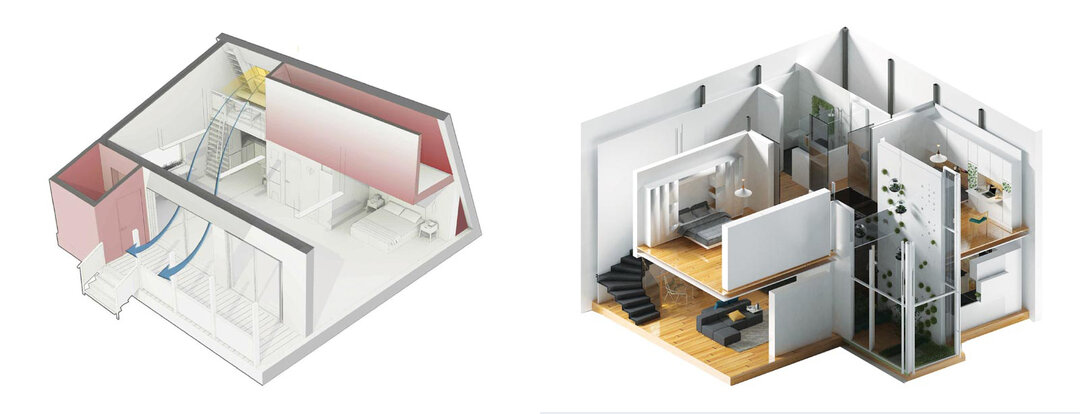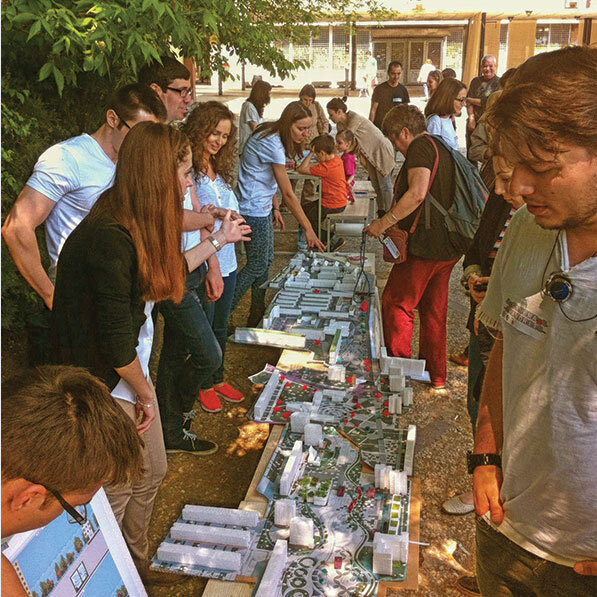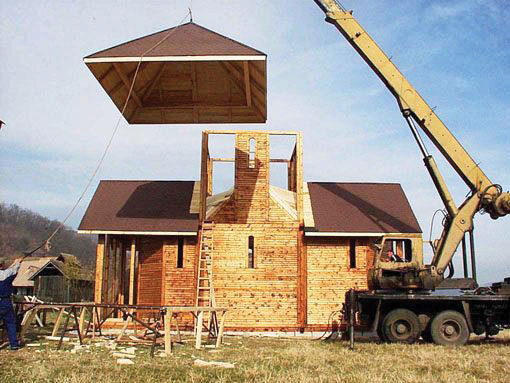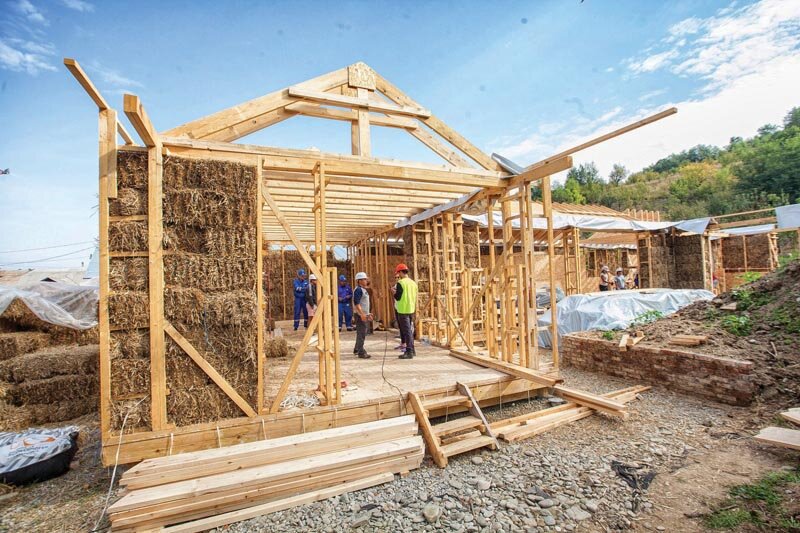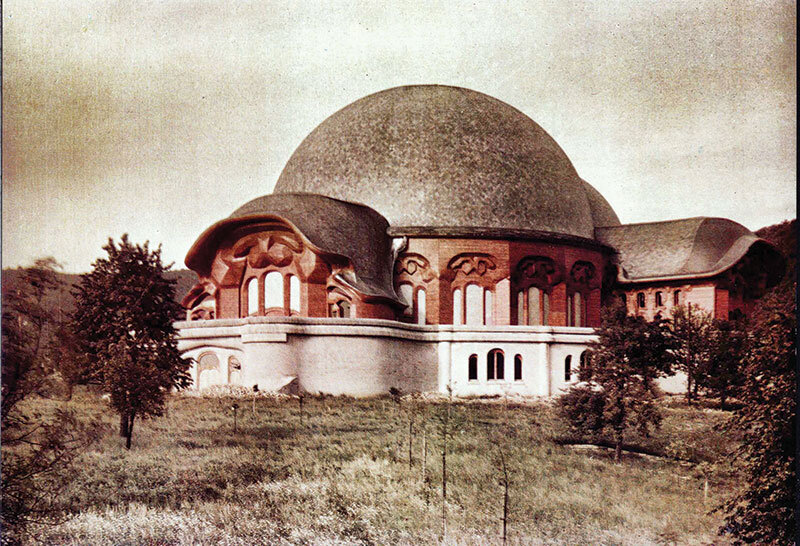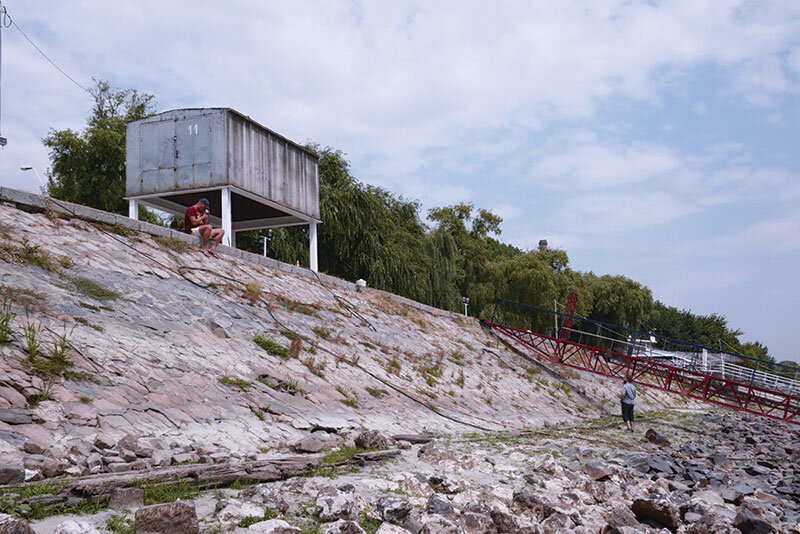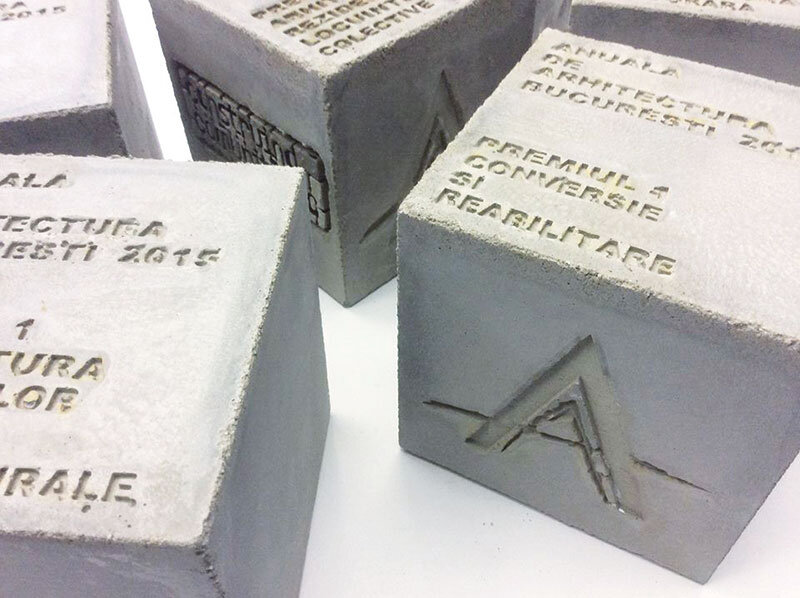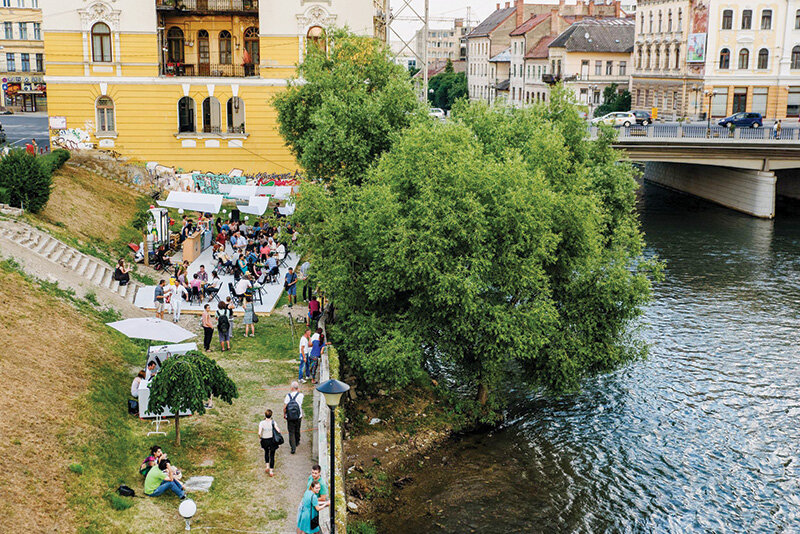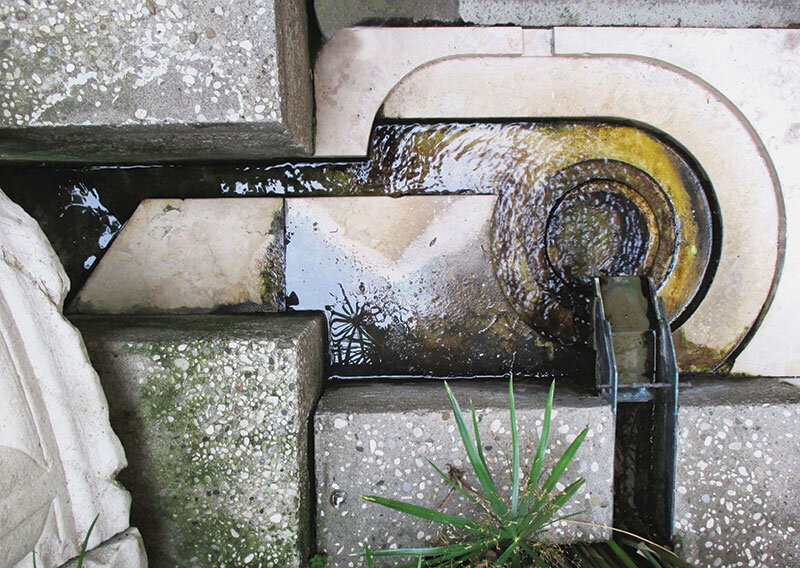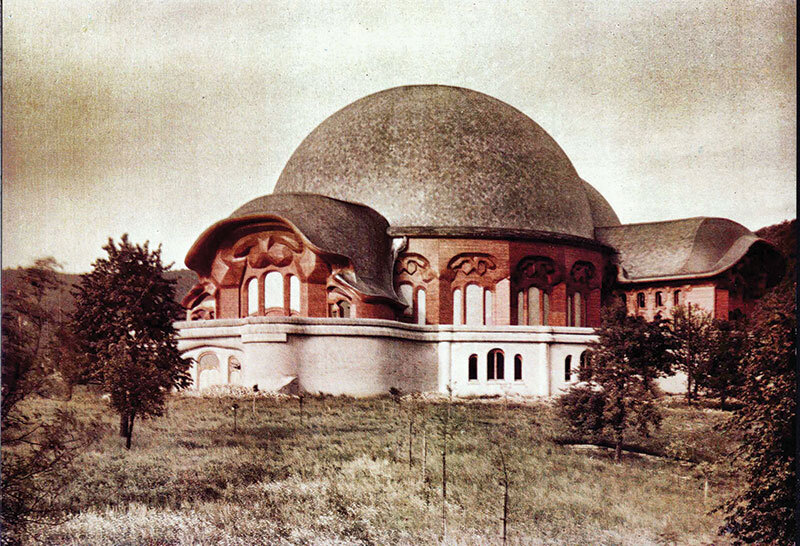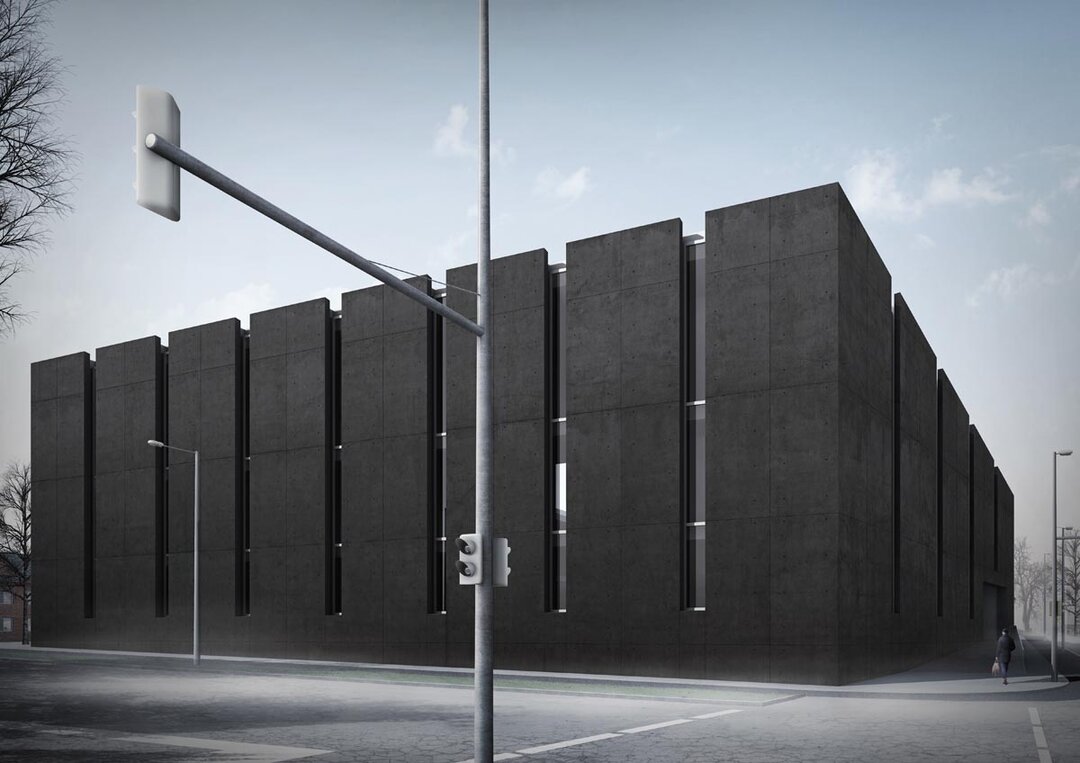
Is the authenticity of the material transposition into the architectural work a topic today?
The intriguing trigger for the subject of the present text is what Professor Ioan Andreescu has called in his book "the zero point" of modernity1: the Rudolf Steiner "moment", more precisely the time that elapsed between the construction of his famous buildings: the two Goetheanum buildings. What could be intriguing about two buildings "wrapped" in a mythical aura like their creator, the famous anthroposophical founder? Professor Ioan Andreescu's presentation suggests that the first Goetheanum represents the end of classical/historical architecture, while the second Goetheanum coincides with the beginning of modern architecture, being the basic prototype of its emergence. In relation to these two buildings, the central idea of this text is that, with the change in the view of architecture - what had been for millennia the main universal 'procedure' of building, building according to the law of gravity - the perception of the use of building material also changed.
What actually happened? The first Goetheanum, consumed by arson, was in fact a surrogate, a butaphoria. A classically designed building with a double dome supported on columns and incorporating all the occult geometry of Steiner's thought, the first Goetheanum was nevertheless a sham in terms of the sincerity of the translation of the main building material into the architectural object. Although intended by its creator to be a new construction system, Rudolf Steiner had designed the building to be made of concrete, an innovative material at the time. However, under pressure from the Anthroposophical Society, it was built using mostly wood to metaphorically include a 'living' material. Like the Parthenon, which displays wooden inlays transposed into stone, somewhat analogously, the first Goetheanum displays formal articulations characteristic of plastic, expressionistically treated concrete, but executed in wood. The metamorphosis of the architraves into elevated curves is a concrete example of this, but their transposition into wood makes them appear rounded rather than curved under the influence of gravitational forces, as the creator would probably have wished if concrete had been used. This is curious to say the least in a deep thinker like Steiner, who saw in the truth of material and color in the work of the artist/architect a Platonist idea, "false forms produce serious disturbances"2. Far from dealing exhaustively with the theme of authenticity in architectural work, this essay attempts to present the evolution of the perception of materiality correlated with the changing perspective on the term 'tectonics'.
The second Goetheanum, although built on the site of the first Goetheanum and preserving the symmetry of the historic buildings, nevertheless differs significantly from the first. Concrete, now the main and veridical building material, is used to its full plastic capacity, anticipating expressivity in the manner of Le Corbusier in the immediate post-war period. The Second Goetheanum has been revered by many star architects of the 20th and 21st centuries, such as Henry van de Velde, Frank Lloyd Wright, but the influence visible even to the untrained eye is identifiable in names such as Hans Scharoun and, most recently, Frank Gehry.
For Steiner, "tectonics is the main characteristic of architectural form... His favorite example was the earth's crust"3. The chtonic and cosmic forces in their dynamics oriented the telluric object of architecture on the vertical axis. The walls of the second Goetheanum are suggestive of this metaphorical entanglement: they are alive, they inflate and deflate, they continually metamorphose, they let the inside and the outside communicate.
Read the full text in issue 3 / 2015 of Arhitectura Magazine
NOTES:
1 Ioan, Andreescu, Spiritual Origins in Modern Architecture, Bucharest: Editura Paideia, 2000, p. 13.
2 Ibid, p. 26.

